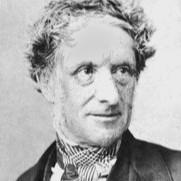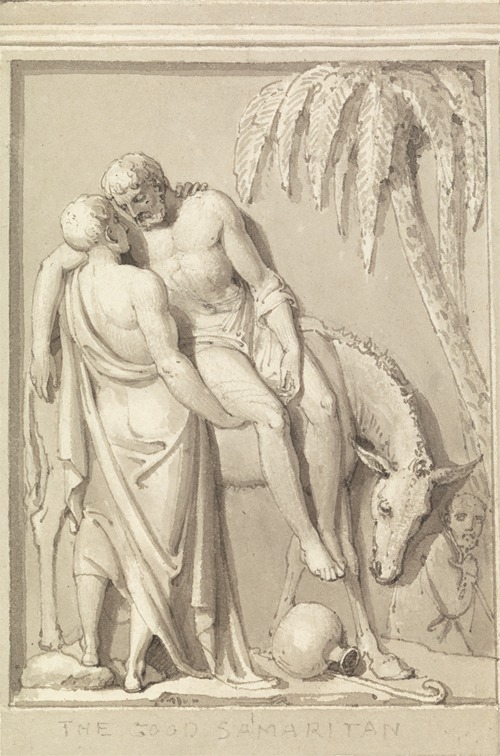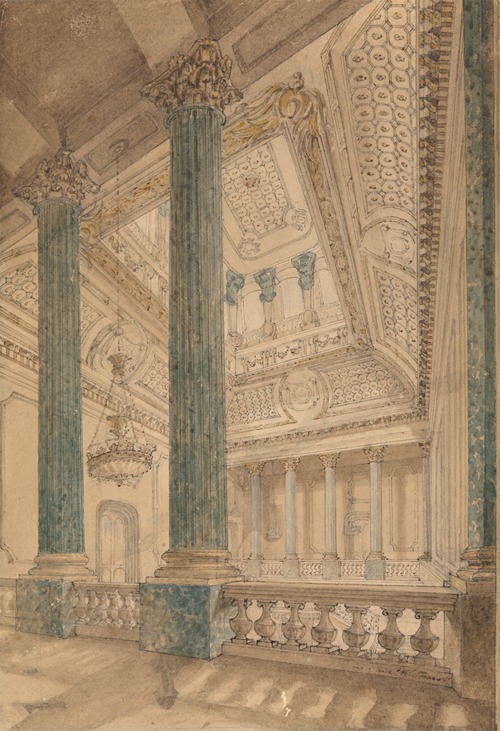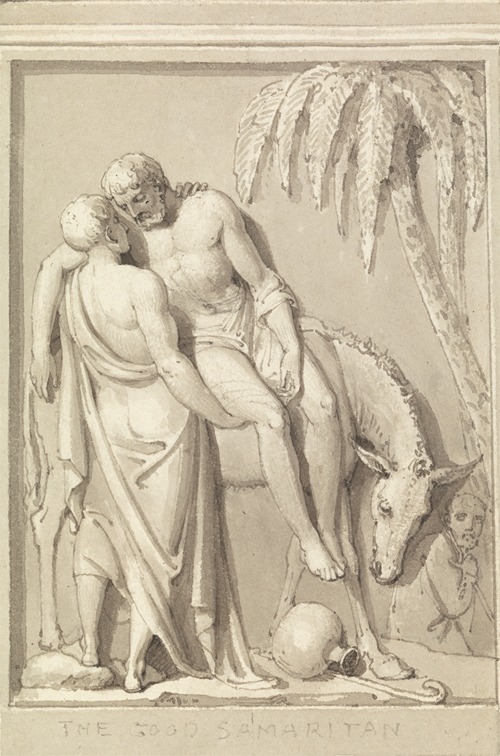

Sir Richard Westmacott RA was a British sculptor.
Westmacott studied with his father, also named Richard Westmacott, at his studio in Mount Street, off Grosvenor Square in London before going to Rome in 1793 to study under Antonio Canova. Westmacott devoted all his energies to the study of classical sculpture, and throughout his life his real sympathies were with pagan rather than with Christian art. Within a year of his arrival in Rome he won the first prize for sculpture offered by the Florentine Academy of Arts, and in the following year he gained the papal gold medal awarded by the Academy of St Luke with his bas-relief of Joseph and his brothers. On returning to England in 1797, he set up a studio, where John Edward Carew and Musgrave Watson gained experience.
Westmacott had his own foundry at Pimlico, in London, where he cast both his own works, and those of other sculptors, including John Flaxman's statue of Sir John Moore for Glasgow. Late in life he was asked by the Office of Works for advice on the casting of the relief panels for Nelson's Column. He also had an arrangement with the Trustees of the British Museum, which allowed him to make moulds and supply plaster casts of classical sculpture in the museum's collection to country house owners, academies and other institutions.
Westmacott exhibited at the Royal Academy between 1797 and 1839. His name is given in the catalogues as "R. Westmacott, Junr." until 1807, when the "Junr." was dropped. He was elected an associate of the Royal Academy in 1805, and a full academician in 1811. His academy diploma piece, a marble relief of Jupiter and Ganymede, remains in the academy's collection. He was professor of sculpture at the academy from 1827 until his death. He received his knighthood on 19 July 1837. In 1852 when contacted by the Corporation of London about a possible sculpture commission, Westmacott replied that he had not been active as a sculptor for some years.



